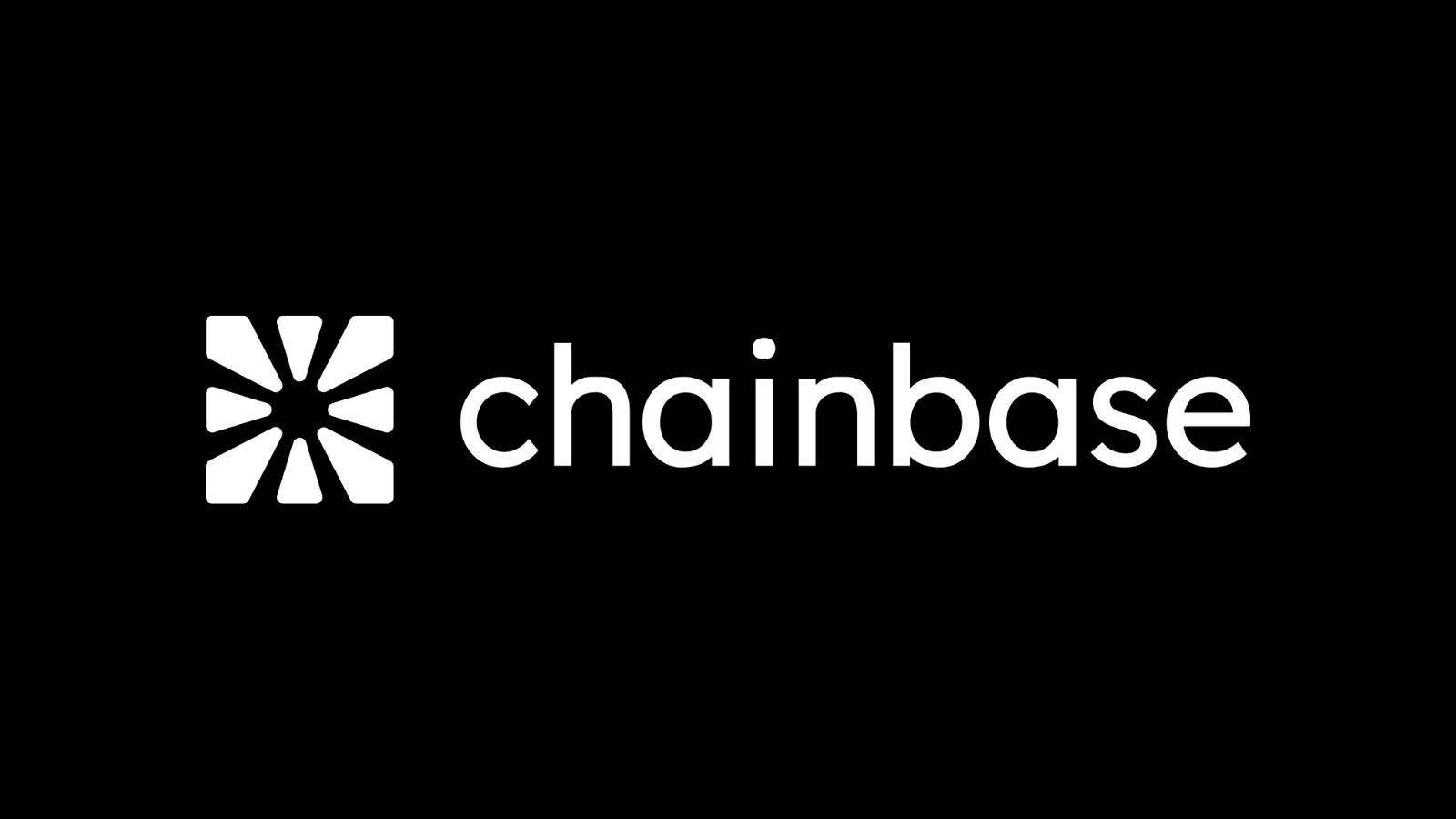Chainbase's core positioning is as a blockchain data infrastructure platform, with a mission to address the industry's pain points of 'scattered cross-chain data, inconsistent formats, and high access thresholds.' It acts like a 'super steward,' 'collecting, organizing, and opening up' data scattered across different blockchain networks (including Token transfer records, smart contract interaction logs, NFT minting information, DAO governance voting results, etc.) to provide developers with a unified, convenient, and reliable data access interface.
With Chainbase, developers no longer need to worry about obtaining multi-chain data—whether analyzing the capital flow of DeFi protocols, tracking popular trends in the NFT market, or constructing user behavior profiles for cross-chain wallets, they can quickly access the required information through simple API calls, significantly reducing development thresholds and technical costs.

1. AI Tools: Mining the 'Hidden Value' of On-Chain Data
Chainbase's standardized data provides rich 'fuel' for AI model training. For example, developers can utilize the multi-chain transaction data and user behavior data provided by Chainbase to train AI models to predict market trends of DeFi protocols, identify potential hot projects in NFTs, or optimize trading strategies for crypto assets.
2. DeFi Analytics Dashboard: Real-Time Monitoring of Market Dynamics
Based on Chainbase's data, developers can build real-time DeFi analytics dashboards to display key metrics such as liquidity pool sizes, borrowing rates, and transaction volumes for different protocols. These dashboards not only help users understand market dynamics but also provide decision support for investors.
3. Cross-Chain Wallets: Enhancing User Experience and Security
Cross-chain wallets need to access users' asset balances and transaction records in real time across multiple blockchains to provide accurate balance inquiries and transfer functions. Chainbase's multi-chain data aggregation capability allows cross-chain wallet developers to easily obtain this information, providing users with a seamless cross-chain experience while enhancing transaction security through standardized data verification.

